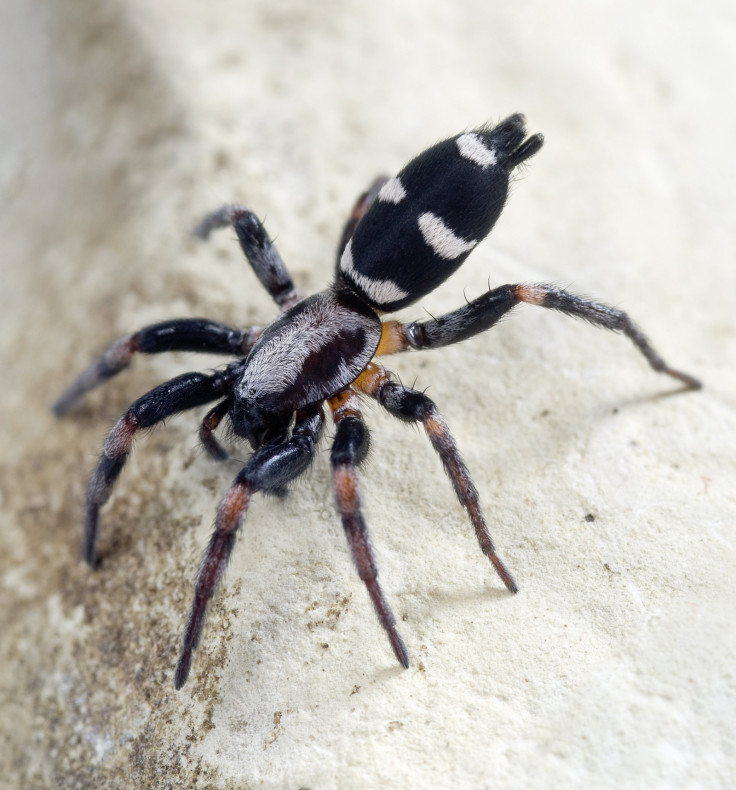Spine-chilling ground spiders kill dangerous prey with super tough and sticky silk
How do ground spiders capture prey larger than them?
Ground spiders trap and kill dangerous prey thanks to a unique type of silk. It is incredibly tough and stretchy, allowing them to trap larger species of spiders.
When trying to catch prey, predators avoid going after those that could injure them in the struggle. However, past studies have identified a number of predators that actually specialise in catching and killing risky prey.
These behaviours have long fascinated scientists but they have not yet been able to explain the evolution of such specialisation. Among the predators that exhibit this kind of counter-intuitive behaviours, ground spiders constitute one of most important groups.
These free-hunting spiders are often found in harsh, arid environments. They present a number of distinct characteristics, which scientists think are adaptations towards a specialisation in dangerous prey.
In a study now published in the Journal of Experimental Biology, scientists have investigated these unique characteristics further – focusing on their extraordinary silk and the glands that produce it.
Tough and stretchy silk
The researchers from the Czech University of Life Sciences collected ground spiders Drassodex heeri which had been hiding beneath stones in the Southern Alps. They then put them in the same enclosure as other kinds of spiders - including giant house spiders, lace webbed spiders and silver-sided sector spiders - and filmed the encounters.

Ground spider attacked very quickly, so the films then had to be slowed down to see what was going on. Silk samples were also carefully studied with dissecting microscopes.
The ground spiders were either the same size or much smaller than the giant house spider and lace webbed spider specimens, but larger than the silver-sided sector spiders. The scientists found however their size this didn't stop them from going preferably for the larger, riskier prey.
The creatures were able to catch large giant house spiders by attaching silk to the floor of the enclosure before running quickly around them, producing a trail of sticky thread that dried quickly, ensnaring the prey's legs.

Further analyses revealed that the ground spiders' silk is unique in combining toughness with remarkable stretchiness. The glue coating the thread is extraordinarily tough, withstanding stresses that were more than 750 times the stresses that artificial glues can endure.
The study also highlights that the glands that form the spiders' silk are different compared with the glands of other spiders - they are much larger probably to eject a thick layer of glue at high speed in order to stop any prey from retaliating and injuring them.
© Copyright IBTimes 2025. All rights reserved.






















